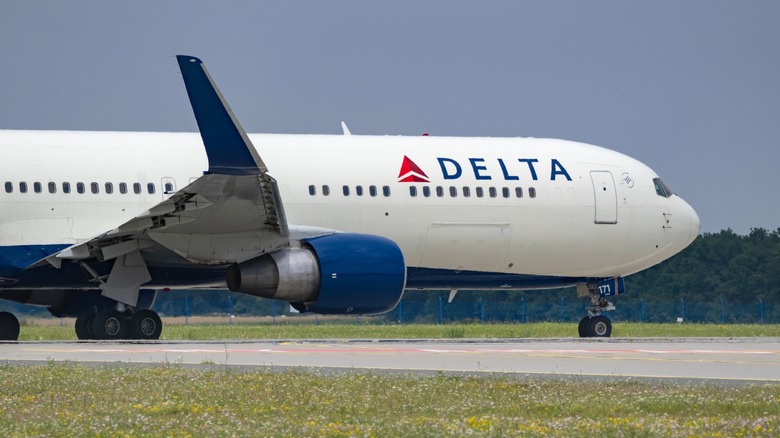Credit Cards & 'Focus Cities' Affect Delta Flight Routes More Than You Might Think
In its third-quarter 2025 earnings report, Delta Air Lines noted a 9% increase in Skymiles frequent flyer program spending and $2 billion in revenue from American Express co-branded credit cards. The company also revealed that it is adapting some flight schedules according to where cardholders are based, and highlighted increased revenue from various premium services. The 10-figure payment from Amex was 12% bigger than the previous year's and contributed to an overall 4% increase in revenue over Q3 2024. Delta's press release also reported a 9% increase in premium program spending along with plans to add additional routes to and from Austin, Texas. This decision was partly based on the location of its high-margin customers, and Delta made $1.8 billion in pre-tax profit for the quarter.
The emphasis on Austin is part of a strategy that is mostly about those numbers. An airline can justify low-load flights if these routes help acquire high-value cardholders and keep existing ones happy. Delta may operate some flights at a loss on the ticketing side while netting profit from new card signups, increased spending on co-branded cards, and premium cabin upgrades and lounge access. Delta didn't specify how much it made from the deal but also touted its private jet card program in partnership with Wheels Up.
Delta's focus on Austin instead of the nearby larger market of San Antonio reflects a willingness to plan flights around its most loyal and profitable customers. The airline has learned that serving certain airports can earn money even if planes fly with empty seats. But if it becomes standard practice to plan airline routes according to card economics, destinations without a critical mass of high-margin cardholders might lose service regardless of market size or appeal.
What this means for passengers, rivals, and the loyalty economy
Delta previously blamed outdated air traffic control systems for slowing down flights but makes no bones about why it has increased service to Austin and Raleigh-Durham, NC. To Delta's executives, this makes business sense because dense pockets of card usage produce higher lifetime revenue from co-branding fees, upgrades, and ancillary purchases. Premium and loyalty program revenues are significant and require little or no increased expense on Delta's part, so the airline looks at where card signups and cardholder spending are concentrated. It then builds its presence in these places, which is how we end up with focus cities and credit card solicitations before takeoff.
Practical evidence of the pivot is revealed in how Delta handles these focus cities. Delta treats certain smaller metro areas as strategic investments, and it'll pour capacity into an area where high-margin spending yields a net gain in customer value. Neither Austin nor Raleigh-Durham are among the United States' 10 busiest airports, but Delta hopes to entice local business travelers and test new routes without fully committing to a hub.
Also, if Delta can justify certain routes by the amount of cardholder spending they can unlock, other carriers will probably follow suit. You can expect some rivals to double down on point-earning partnerships, while others could chase their own lucrative co-branding deals. This new emphasis on seat economics and low-cost revenue streams represents a shift in priorities. For Delta at least, it's no longer only about meeting route demand. The airline is intent on building localized pockets where loyalty products are popular; that puts pressure on carriers that lack a similarly profitable card partner. In the long run, people in areas that don't partake in these high-profit products could end up stuck with few or expensive flight options.

